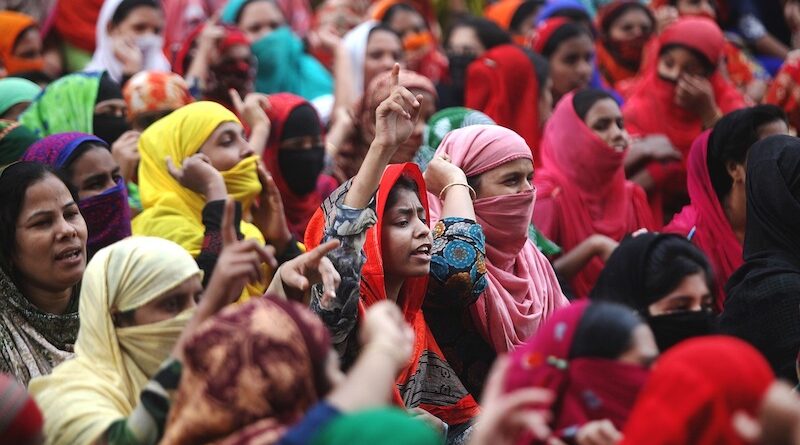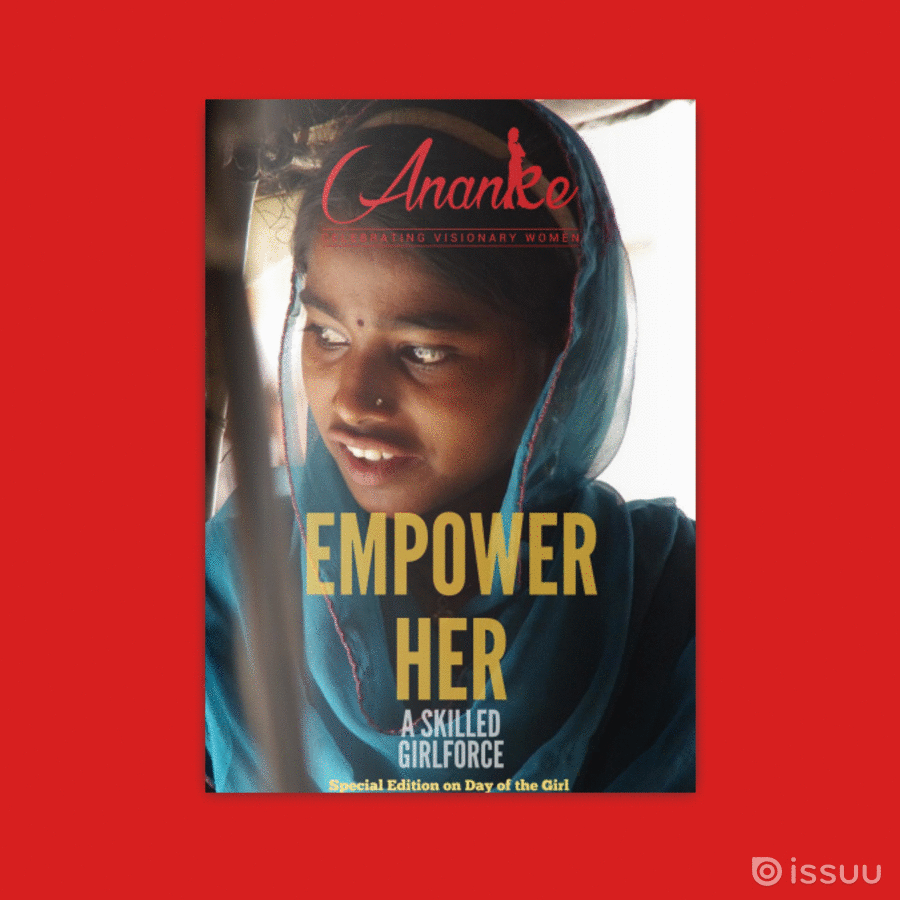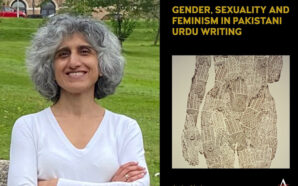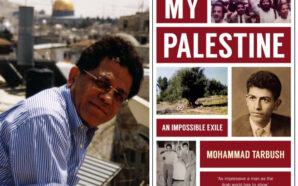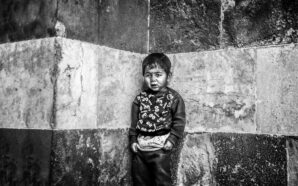HIStory tells us revolutions are often bloody. They are usually tainted with propaganda, hate, with the entire governmental machinery working aggressively against them. It is not just colonial but human legacy how the establishment have clamped down freedoms of expression and movement, freedoms not only given by – ironically – the country’s own constitutions but also international conventions these stakeholders have actually signed and agreed upon. Reams of paper have been blackened for centuries that have not just informed and mobilized public opinion, disseminating information has in fact inspired and fueled participatory efforts as well as democratic processes. So it is certainly not rocket science to realize and understand the pivotal role media plays – not just to maintain public order, progression of the democratic process but also making an attempt at creating a rights-based, politico-legal and social culture of any nation.
The bigger picture, or rather, the assumption has always been – and perhaps rightly so for a long period of time – that journalism is or has been all about how well our society functions. And, a well (read: better) functioning society is one which seeks the truth by ‘sifting through a marketplace of ideas’. Herein lies one of the many reasons why these freedoms, our basic human rights – are so pivotal when it comes to fairness, justice and social good. And most importantly, how media – both traditional and now new – is a fundamental and power-ful pillar catalyzing progress and change through its accountability mechanism.
The 21st century has experienced tumultuous as well as awe-inspiring events from the influx of online hate, bullying and cancel culture to the progressive Arab Spring, MeToo movement and Women’s March etc. These varied series of events over the last few decades have taken shape through narratives created, instigated or even propagated by mass media, particularly the blogsphere, and social media. This is power!
While a recent Pew research shows social media has mostly been good for democracy – though it is largely based on a survey of 19 advanced economies – the study does highlight how it has in fact divided and polarized nations. This can be attributed to a number of reasons such as the algorithm of hate. In a Fast Company podcast, Kelley Cotter, an assistant professor in the College of Information Sciences and Technology at Penn State University, talks about how social media companies have in fact come under fire in recent times for encouraging acrimonious content or knowing (and not doing anything) about the potential dangers of their platforms. Whistleblowers like Frances Haugen have even called Facebook ‘morally bankrupt’.
Another reason for this polarization and divisiveness stems from misogynistic and vitriolic content that is propped centerstage through these media platforms’ recommendation engines.
Directly relaying information to people and society at large without the cover of editorial intervention (and on the flipside, gatekeeping as well); social media and their hoards of influencers have played their parts in creating a division, be it a call for action for Women’s March in Pakistan on Twitter or campaigning hate against this very cause.
Influencers and self-proclaimed armchair advocates add more fuel to the fire, thus creating a continuous spiral of hate, misogyny and bigotry.
Indeed, social media has given power to the people – the common man! And it is this power, which suckles on society’s deeply entrenched patriarchal belief systems and hegemony that enables the poison of hate to be spewed, causing the spread of this infection by and large.
In an article for the Georgetown Journal of International Affairs, Jeremy Liebowitz, Geoffrey Macdonald, Vivek Shivaram, and Sanjendra Vignaraja write how acceleration in access and connectivity of the Internet has also given rise to online hate speech, false rumors that are fueling domestic conflict across South and South East Asian regions. They further added, that instead of tempering the conversation, political stakeholders have been seen to inflame and ignite such narratives further especially on digital platforms.
Added to that, influencers and self-proclaimed armchair advocates add more fuel to the fire, thus creating a continuous spiral of hate, misogyny and bigotry.
Malala Yousafzai has been at the receiving end of continuous online hate and bullying ever since she got shot by the Taliban for talking about girls’ education. Online trolls from her own home country Pakistan continue to revile her, labelling her as a Western agent and what have you.
Another case in point is the flak and vitriol received by the Aurat March (Women’s March) organizers in Pakistan. Ever since this movement was established back in 2018, the level of vitriol and aggression has accelerated year on year; the digital – amplifying and bolstering offline violence.
Rather than transparently fulfilling its essential role in the country’s democratic process of keeping the public informed, galvanizing community building or acting like a watch dog to enable an inclusive, progressive public will; a chunk of the country’s media stakeholders have said to add fuel to the misogynistic fire.
As a result, this cycle of violence has now culminated in heightened verbal abuse as well as violence ensuing in this year’s March in the Pakistani cities of Lahore and the capital, Islamabad. Social media is flooded with content of either influencers or even security forces using intimidation tactics. The result as expected was pandemonium.
But this is certainly not the end of it. Case in point are the many organizations (not all) as well as individual journalists in Pakistan’s media landscape who have allegedly sensationalized this call for and cause of empowerment, liberty and basic human rights. So rather than transparently fulfilling its essential role in the country’s democratic process of keeping the public informed, galvanizing community building or acting like a watch dog to enable an inclusive, progressive public will; a chunk of the country’s media stakeholders have said to add fuel to the misogynistic fire.
In one of its tweet about the rally, organizers of the Aurat March Islamabad claimed: “Shame on media for hitting Aurat March organizers. We are injured. We have bruises! They are trying to puncture our truck tyres. Where is ICT Police? Why are they sleeping? Shame Shame Shame” While many empathized with this tweet, many more scorned and disparaged it completely.
While the hullabaloo against Women’s March (Aurat March) started as early as in February (which is how it is usually happening on a yearly basis), the real conundrum began when Lahore’s Deputy Commissioner, Rafia Haider (a woman) refused permission to organize the Women’s Day rally citing security concerns. On March 7th, 2023, the Lahore High Court (LHC) over-ruled the decision and granted the organizers to hold the rally in specified areas to curtail any potential security challenge. The decision was hailed and applauded. But it is what followed after the hearing that is more a cause of consternation and worry.
Despite trying to explain the type of decorum and respect the March organizers want to give as well as receive from them; it seemed to be lost upon the journalists at the conference. They asked such inappropriate questions, full of negativity and toxicity.
One female lawyer attending the post LHC ruling press conference revealed: “At 4.00 PM we had the press conference. Once again, my reading about how the press perceives the March in its demands and how it wants to project this activity definitely is very very negative. Despite trying to explain the type of decorum and respect the March organizers want to give as well as receive from them; it seemed to be lost upon the journalists at the conference. They asked such inappropriate questions, full of negativity and toxicity. Like one of the reporters asked the marchers as to what mistake do the protesters and organizers make that they have to go to the court every year in the sense why others do not get banned and are not told to not protest.”
She added: “I mean they began with such negative connotations and eventually became so hostile and aggressive. They weren’t letting the women speak or finish their sentences; because they wanted to basically respond and take their own frustrations out about women wanting to reclaim spaces. I mean they were bringing up the same old conversations, same old myths, fears and assumptions as well stigma with this exercise. So the media in Pakistan at least does not want to, seem to engage in a constructive manner with the marchers. It deliberately attacks them and the questions do not rest on any research. The questions are not intended to be critical, they are abusive and demeaning. So that entirely defeats the purpose of having a press conference where they genuinely don’t want to listen, they don’t want to really take the message forward. They just want to super impose their own thoughts of the fact that they think the march is negative.”
Nida Usman Chaudhary, Founder Women in Law Pakistan, also commented: “In 2019, when a new wave of feminism riding on the success of the 2018 March brought amongst other issues, the ‘personal to the political’ by addressing the inequalities and discriminations within the home in a curt and uninhibited manner, the backlash was even more intense because it probably hit closer to home and hence was perceived as more personal, irking, shaking, highlighting and questioning amongst other issues, the stereotypical gender roles within the home, the policing and control over decisions pertaining to a women’s body, her sexualization and slogans and established social stigmas like ‘divorced and happy’.”
The media demonized and gave interpretations to their expressions without the sensitivity of its context but with all the sensationalism of its deconstruction that a lot of men were invited to mansplain through hours of coverage, talk shows, vlogs and air time in very aggressive and abusive manner.
She further said: “Given that this was a relatively new dimension of women claiming their space in and the fact that it hit so close to home, it is not unsurprising that the media attempted to focus only on this aspect of the demands and slogans that were raised at the March and ignored the other equally significant issues that were also raised at the same March including, child abuse, child marriages, health, food, climate and rights of domestic workers. As a result, there was limited coverage of the myriad of issues and diversity of participants and the March was reduced through their unfair coverage, what now seems like by design, to an ‘elitist’, ‘out of context’, ‘bad feminist types’ who are on some foreign agenda to ruin the fabric of Pakistani society! This was a huge disservice to the cause of women who suffer at hands of patriarchy in the homes as much as they do outside. The media demonized and gave interpretations to their expressions without the sensitivity of its context but with all the sensationalism of its deconstruction that a lot of men were invited to mansplain through hours of coverage, talk shows, vlogs and air time in very aggressive and abusive manner igniting religious sentiments and using religion as their shield with interpretations that served their interests. Very few media houses gave equal space to women or sought to understand and approach the coverage of the March and its issues with gender sensitivity that was needed.”
In a country where female journalists are also facing cultural and social barriers in establishing themselves even in the media industry, suffice to say – such episodes are bound to happen. According to a report by Media Matters for Democracy, Pakistan: “women journalists are underrepresented in positions of power and decision-making. Furthermore, the lack of laws and policies to protect women against discrimination in the workplace and lack of support system for women journalists are also major obstacles for women journalists in Pakistan. This includes inadequate facilities for working mothers, lack of mentorship programs for young women journalists and lack of training programs to promote gender equality in the newsrooms. This overall lack of sensitivity is shrinking the space for women in mainstream news media… Currently, there are very few women in leadership positions in newsrooms, and even when they do hold these roles, they lack the necessary resources to fully exercise their power.”
The report further stated: “This research shows that the underrepresentation of women journalists at top positions is making the newsroom environment more male-centric. It is not surprising that in our survey, more than three-quarters of women journalists reported experiencing gender discrimination in the workplace.”
Such dire state of affairs within the industry itself begs the question of how new, inclusive narratives – based on mutual respect and dignity – can be organically created. As this new age of unfiltered, undiluted and most of the time de-sensitized information, polarizing perspectives engulf and shroud people and nation, it becomes incumbent to campaign for more representation as well as bridging the divide through citizen engagement and cooperation – across all media platforms and formats. Perhaps only then, there can be a beginning of a conversation and dialogue. Do we dare to hope… dream?
Image by Maruf Rahman from Pixabay




